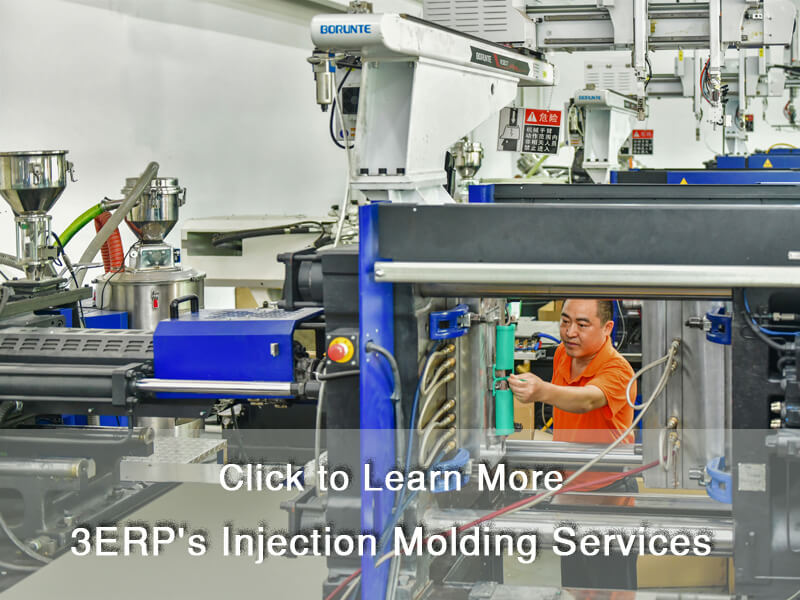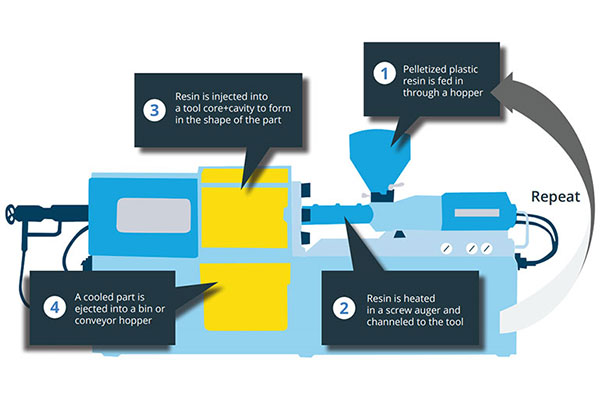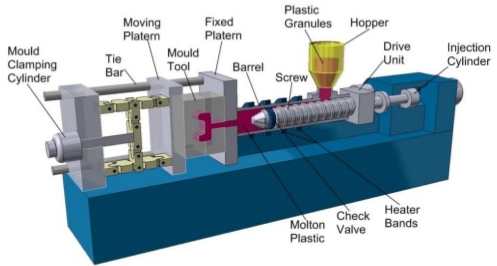An Unbiased View of Manufacturings
Wiki Article
The Greatest Guide To Manufacturing
Table of ContentsLean Production Things To Know Before You Get ThisThe 6-Second Trick For Additive ManufacturingThe Greatest Guide To Lean ProductionDie Casting for DummiesNot known Factual Statements About Manufacturing Manufacturing Industries Things To Know Before You Get This
The message on this page is an example from our complete White Paper 'Shot Moulding for Customers' - * Sample message * - for complete guide click the download button above! Introduction This overview is planned for people who are looking to source plastic mouldings. It gives a much needed understanding into all that is entailed with producing plastic components, from the mould device required to the moulding process itself.If you wish to discover further, the guide covers kinds of mould devices, along with special completing processes such as colours & plating. Words that are highlighted can be discovered in the reference in the appendix ... Component I: Moulding: The Fundamentals The Benefits of Shot Moulding Plastic shot moulding is a really accurate process that uses a number of advantages over various other plastic handling approaches.
Accuracy is ideal for extremely intricate components. Compared to other methods, moulding enables you to include even more functions at extremely small resistances. Have a look at the photo to the. You can hold this moulding in the palm of your hand and also it has managers, ribs, metal inserts, side cores as well as holes, made with a gliding shut down attribute in the mould device.
The Ultimate Guide To Die Casting


The Basic Principles Of Oem
from material feed Product melting; material injectionProduct cooling time cooling down ejection to the re-closing of the mould tool ready device the next cycleFollowing Draft angles - The wall surfaces of a moulded component should be slightly tapered in the direction in which the part is expelled from the mould device, to permit the part to be ejected quickly.Ejector stroke - The pressing out of ejector pins to expel the moulded part from the mould device. Ejector stroke rate, size and also timing needs to be very carefully controlled to stop damages to the ejectors and also mould tool, however at the exact same time make the moulding cycle as brief as possible.

Additive Manufacturing Fundamentals Explained
Ribs - When a plastic part has slim walls, ribs are contributed to the style to make the thin walls stronger Side cores - Side activity which generates an attribute on a moulded part, at an opposing angle to the typical opening instructions of the mould tool. hon hai precision. The side core needs to be able to pull back as the plastic part can not be expelled otherwise.
Walls - The sides of a moulded component The message on this page is a sample from our complete White Paper 'Shot Moulding for Purchasers'.
Injection moulding is widely made use of for making a range of components, from the tiniest parts to whole body panels of vehicles. Shot moulding utilizes a special-purpose maker that has 3 components: the shot system, the mould and also the clamp.
Manufacturing Fundamentals Explained
Refine qualities [edit] Shot moulding uses a ram or screw-type plunger to require molten plastic or rubber material into a mould cavity; this strengthens into a form that has adapted the contour of the mould. It is most generally utilized to process both thermoplastic as well as thermosetting polymers, with the quantity use the previous being significantly higher.: 13 Thermoplastics prevail due to features that make them very ideal for shot moulding, such as ease of recycling, adaptability for a variety of applications,: 89 and also capacity to soften and move on heating.In several dental caries moulds, each tooth cavity can be the same and create the same parts or can be special as well as form numerous various geometries throughout a single cycle. Moulds are generally made from device steels, however stainless-steels and aluminium moulds are ideal see page for sure applications. Aluminium moulds are generally ill-suited for high quantity manufacturing or get rid of slim dimensional resistances, as they have substandard mechanical properties and also are extra susceptible to put on, damage, as well as contortion throughout the shot and clamping cycles; however, aluminium moulds are cost-effective in low-volume applications, as mould manufacture costs as well as time are significantly decreased.
The screw delivers the raw material onward, blends and also homogenises the thermal and thick distributions of the polymer, and minimizes the needed home heating time by mechanically shearing the material and adding a significant quantity of frictional home heating to the polymer. The product feeds onward with a check valve and accumulates at the front of the screw into a volume referred to as a shot. When sufficient material has gathered, the material is compelled at high pressure and speed into the part creating tooth cavity. The precise quantity of contraction is a feature of the material being utilized, and can be fairly foreseeable. To avoid spikes in pressure, the procedure normally makes use of a transfer position matching to a 9598% full tooth cavity manufacturing industries where the screw changes from a continuous velocity to a consistent stress control.
Excitement About Additive Manufacturing
The packaging stress is applied till the gateway (cavity entryway) solidifies. Due to its tiny size, the gate is usually the initial place to solidify via its whole thickness.: 16 Once the gateway solidifies, no more product can go into the Continue cavity; appropriately, the screw reciprocates and obtains product for the next cycle while the material within the mould cools down so that it can be ejected and be dimensionally steady.Report this wiki page